Last week, August 9, was International Day of the World’s Indigenous Peoples.
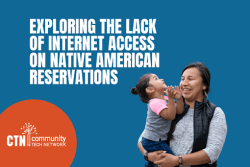
Did you know that tribal areas are some of the least digitally connected zones across the United States?
Download speeds are 75% slower. Internet costs are 11% higher, and 18% of people on tribal lands have no internet at all.
Overall, the access gap between tribal and nontribal areas is approximately three times larger than the White-Black access gap and four times larger than the urban-rural access gap.
Be an ally. Educate yourself on issues affecting indigenous groups, including the lack of internet accessibility on many Native American reservations. Learn more in our blog.
Connecting Rural Communities in San Mateo’s South Coast
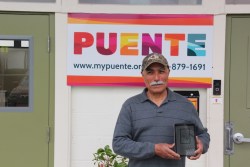
In San Mateo County’s South Coast, internet access is pretty sparse.
“The area we live in is super rural. The closest hospital is one hour away, and the supermarket is 30 minutes away,” says Ophélie Vico from the local nonprofit Puente. “There are limited internet providers, and some areas do not have any internet service at all. Many people have never used technology before, and for some of our participants, English is not their first language. It can be a very challenging area to work in.”
CTN and Puente are working together to address this issue as part of our partnership with San Mateo County to implement projects as part of the Access to Technology (ATT) state funding.
Helping Spanish-Speaking Households Sign Up for the Affordable Internet in San Francisco
Over the past few months, CTN’s Jean Otazo has been fostering positive relationships and trust with the Spanish-speaking older adults who visit the On Lok 30th Street Senior Center in San Francisco. He answers their technical questions and has helped many use the internet for the first time. He’s also been instrumental in signing people up for the Affordable Connectivity Program (ACP), which provides discounts on monthly internet bills.
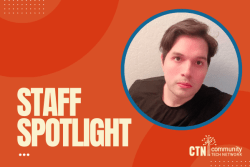
“Most people don’t know about the ACP program,” says Jean. “I have to explain to them what it is. … Sometimes, I spend up to three or four hours with a person helping them submit their application.”
“We have to make sure that they have all the necessary documents, and if one document is 25 pages, we have to scan it page by page. If the person doesn’t already know how to use a computer, we have to set up their email address first and do other things like that,” Jean says.
LEARN MORE ABOUT JEAN’S EXPERIENCE
f you want to help people in your community sign up for the ACP but don’t know where to start, CTN offers two self-paced online courses: a FREE overview class which explains the ACP, as well as a $50 online training course to become a certified ACP Enrollment Specialist. We also have group packages for organizations! Check out our digitalLIFT training offerings.
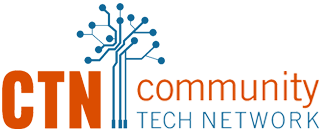
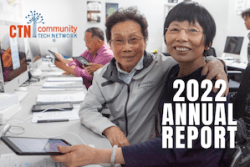
Comments are closed.